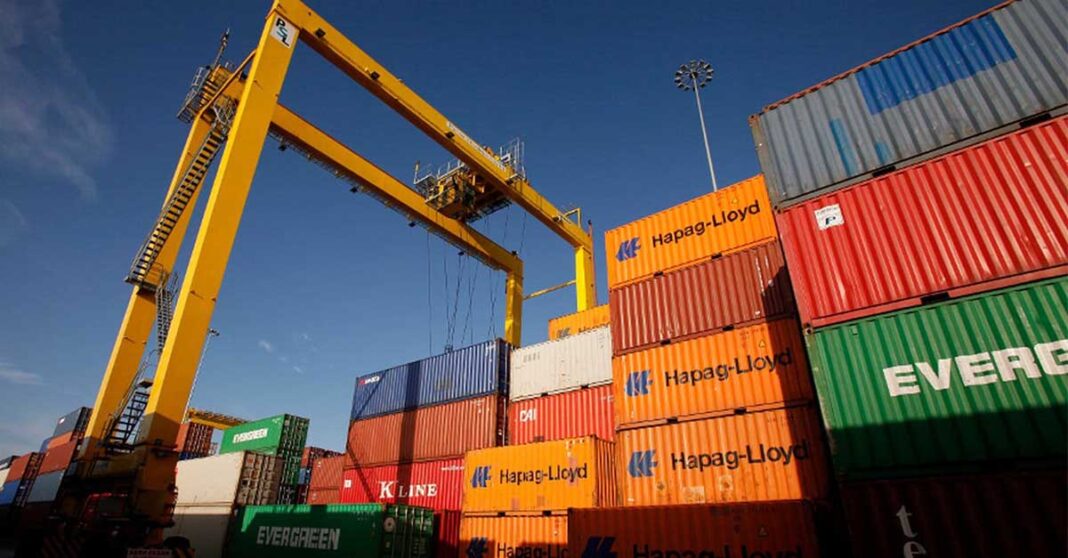The Cambodian Ministry of Public Works and Transport is taking steps to improve the transportation of Cambodian agricultural products to Chinese markets by exploring a new trade route through Laos.
The Ministry says that current routes passing through Thailand and Vietnam pose challenges and increase costs for traders, according to Phnom Penh Post.
Kong Vimean, a spokesperson for the Ministry, says Chinese investors and advisors had expressed concerns about the rising expenses and complications in using neighboring countries as a transit route to China.
In response to this, the ministry is coordinating plans to facilitate Chinese investors in transporting Cambodian agricultural goods via to China via Laos, employing the country’s new high-speed train service.
The proposed route will begin in Phnom Penh and traverse Kampong Cham, Tbong Khmum, Kratie, and Stung Treng provinces before entering Laos and moving onward to China.
Vimean emphasized that Cambodia, Laos, and China have already established cross-border transport procedures and agreements, ensuring a smooth flow of goods.
By opting for the Laos route, the Chinese companies expect to lower costs and experience simplified procedures, unlike the hurdles faced when using the Thai and Vietnamese routes. Though the distance covered through Laos is slightly longer, the advantages of reduced expenses and streamlined formalities are more attractive to these companies.
The Cambodian Ministry of Public Works and Transport is enthusiastic about boosting Cambodia’s agricultural sector on the global platform and is open to facilitating similar arrangements for other Chinese companies. With this move, exports of various agricultural products such as mangos, durian, cashew nuts, pineapples, and milled rice to China are expected to increase significantly.
Sin Chanthy, President of the Cambodia Logistics Association, praised the new trade route, stating that it would greatly benefit the association.
“The transport of agricultural products via Stung Treng will be more profitable than the use of the ports of Sihanoukville and Phnom Penh, which are far away. Thanks to the transport ministry’s coordination of the new infrastructure, it will also be simpler,” he said.
The Chinese companies plan to establish a dry port in Stung Treng town, leading to increased profitability for transporting agricultural products from the province. Chanthy also highlighted that the coordinated infrastructure efforts by the transport ministry would make the process much simpler compared to utilizing distant ports like Sihanoukville and Phnom Penh.



